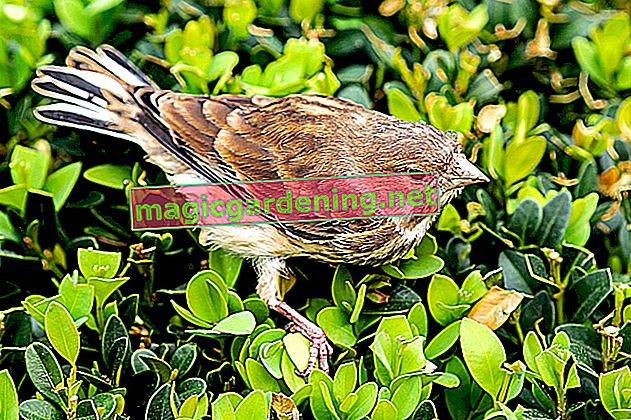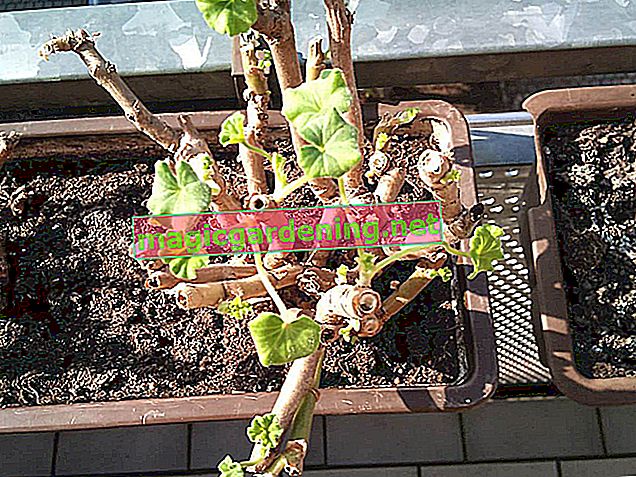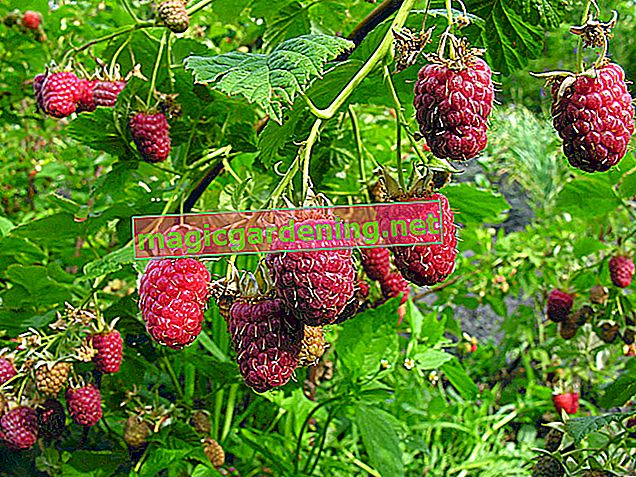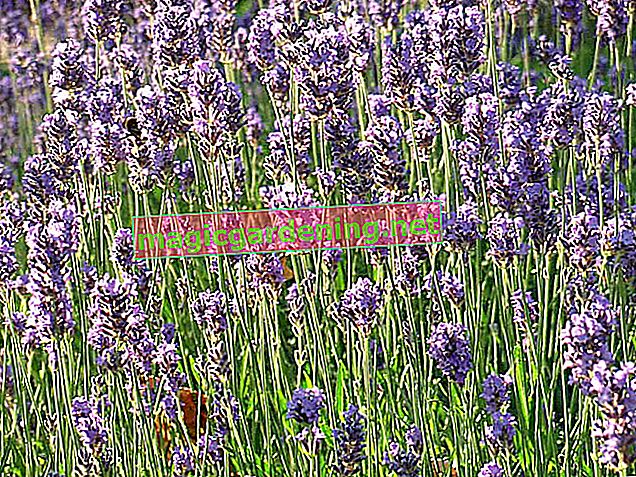
Why is the couch grass so resistant?
The couch grass is a perennial flourishing ear grass that forms widely branched roots. If you prick this with the spade, a new plant can form from each part.
also read
- Fight couch grass successfully
- Weeds or flowers: what is growing in my garden?
- Fighting mealybugs on cacti - how to get rid of the pests
The seeds remain viable in the soil for a very long time. They are spread by wind and their adhesive properties. At each node of the rhizomes, stalks can form, which grow into large clumps.
The couch grass is extremely adaptable not only as a weed. It thrives on almost all substrates, regardless of whether it is humus garden soil, sandy substrate or heavy, loamy compacted soil. Their resilience makes them a survivor.
Preventive measures against the couch grass
- If the couch grass begins to spread in the vegetable patch, you can sow mustard, oil radish, buckwheat or rapeseed very densely as a catch crop. This takes the light from the weeds and dies.
- Often it is recommended to put potatoes. The delicious tuber limits the growth of the sweet grass, but does not prevent it.
- Tagetes with their root excretions do not like couch grass at all. If you transplant the vegetable patch with the pretty flowers, the annoying grass will stay away.
The successful fight
Because of the special properties of the rhizomes, you should not even try to get at the couch grass with a hoe or tiller. Unfortunately, weeding, cutting off or simply digging up is not very helpful either, as the plant spreads happily through the many pieces of torn off roots.
The couch grass can only be removed by hand by carefully digging out the roots and carefully selecting out the smallest parts of the roots. To do this, dig the area piece by piece with the digging fork and pull the long creeping shoots out of the loosened earth.
Then let the bed lie fallow for a while and weed all newly sprouting stalks together with the roots. You can also comb the earth again and again with a rake. The sprouts of the couch grass are light and visually stand out from the dark soil.
Do not put the rhizomes on the compost straight away, but let them dry in the sun for a few days. It is better to dispose of them with household waste or in the organic waste bin.
Tips
The couch grass is an ancient medicinal plant. Its ingredients have a diuretic effect. In the past, it was given as a tea for kidney pain and cystitis. Since the active ingredients do not stay too long in the dried state, you should always use the couch grass fresh as a medicinal herb.








